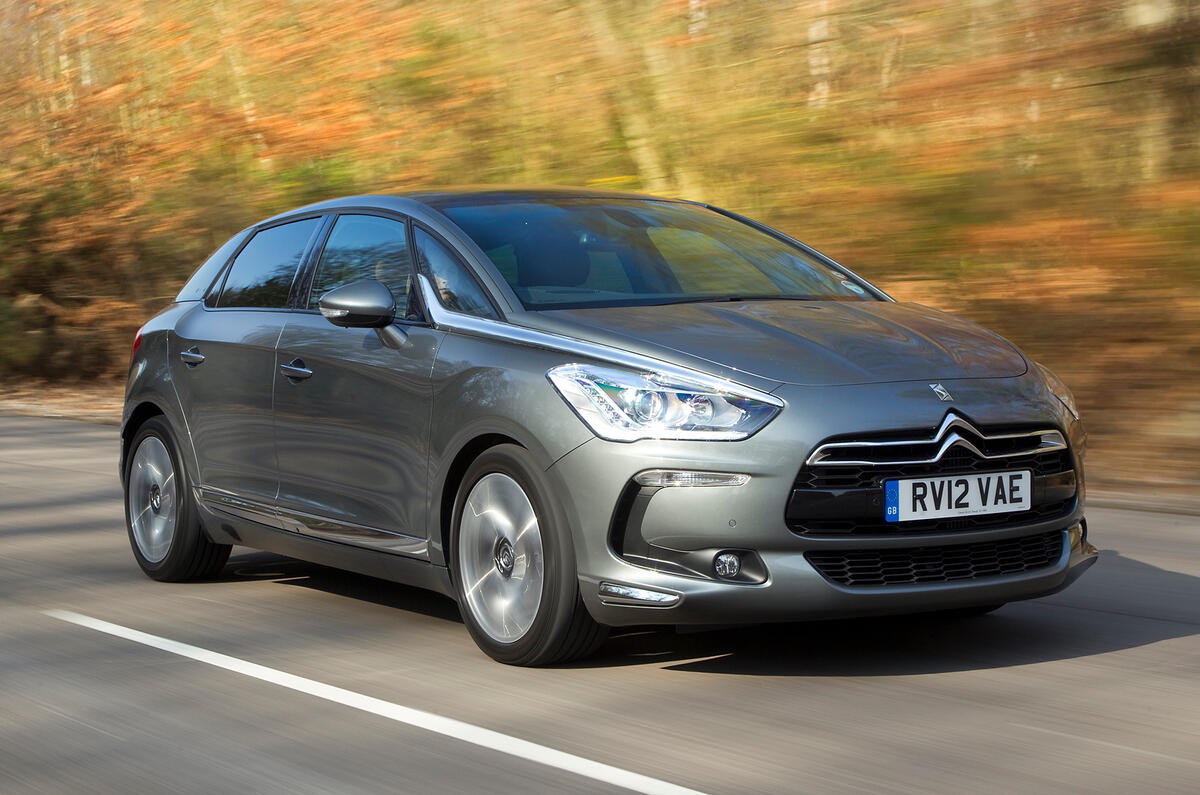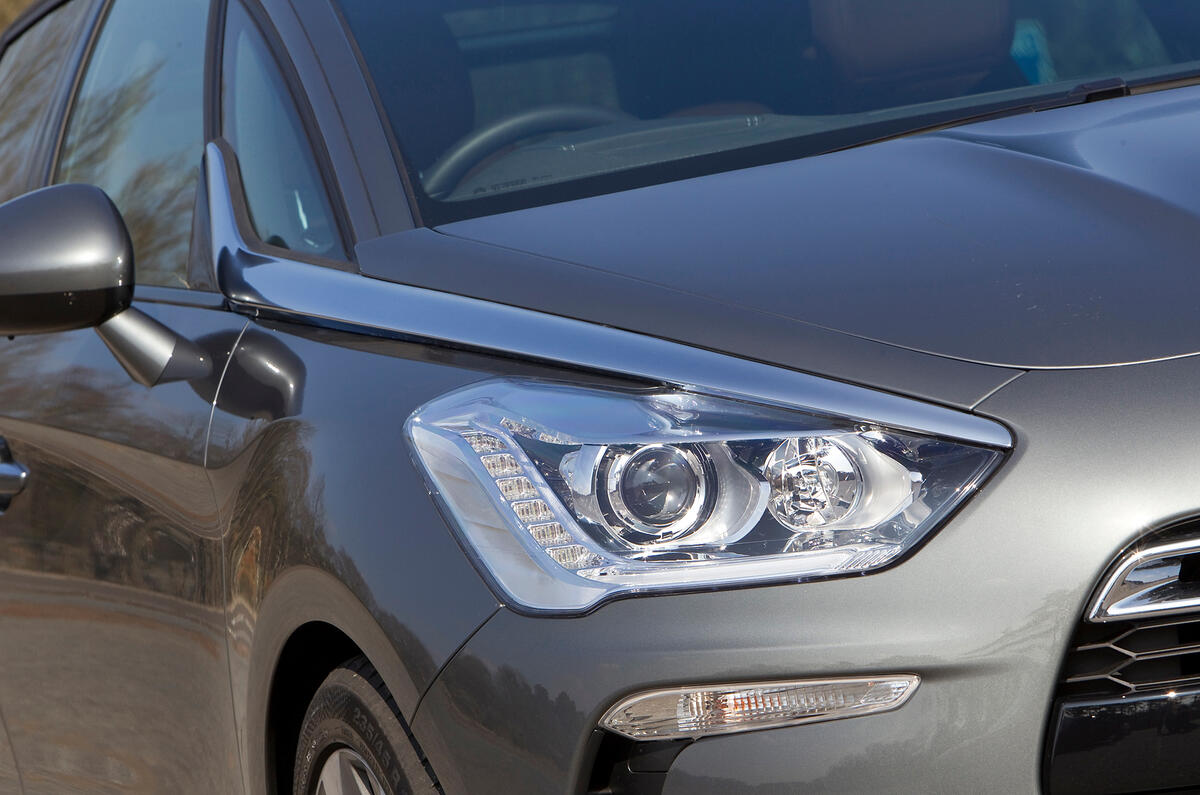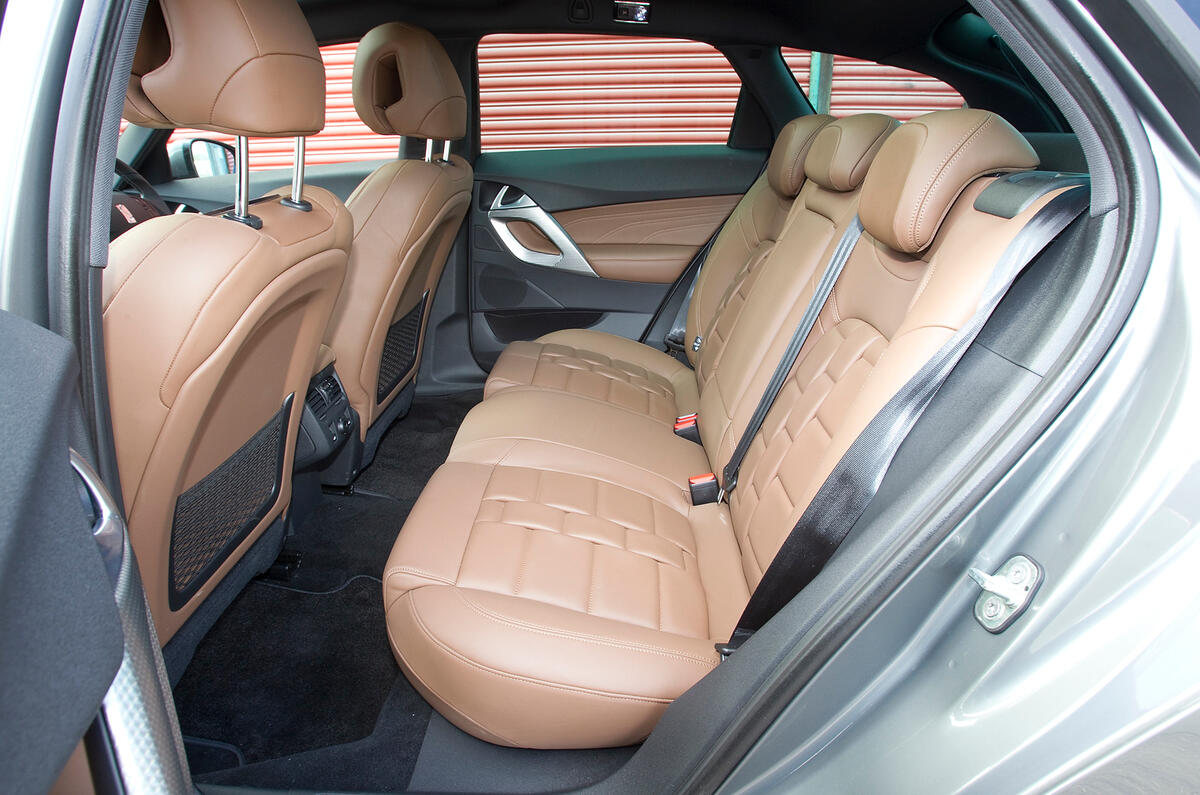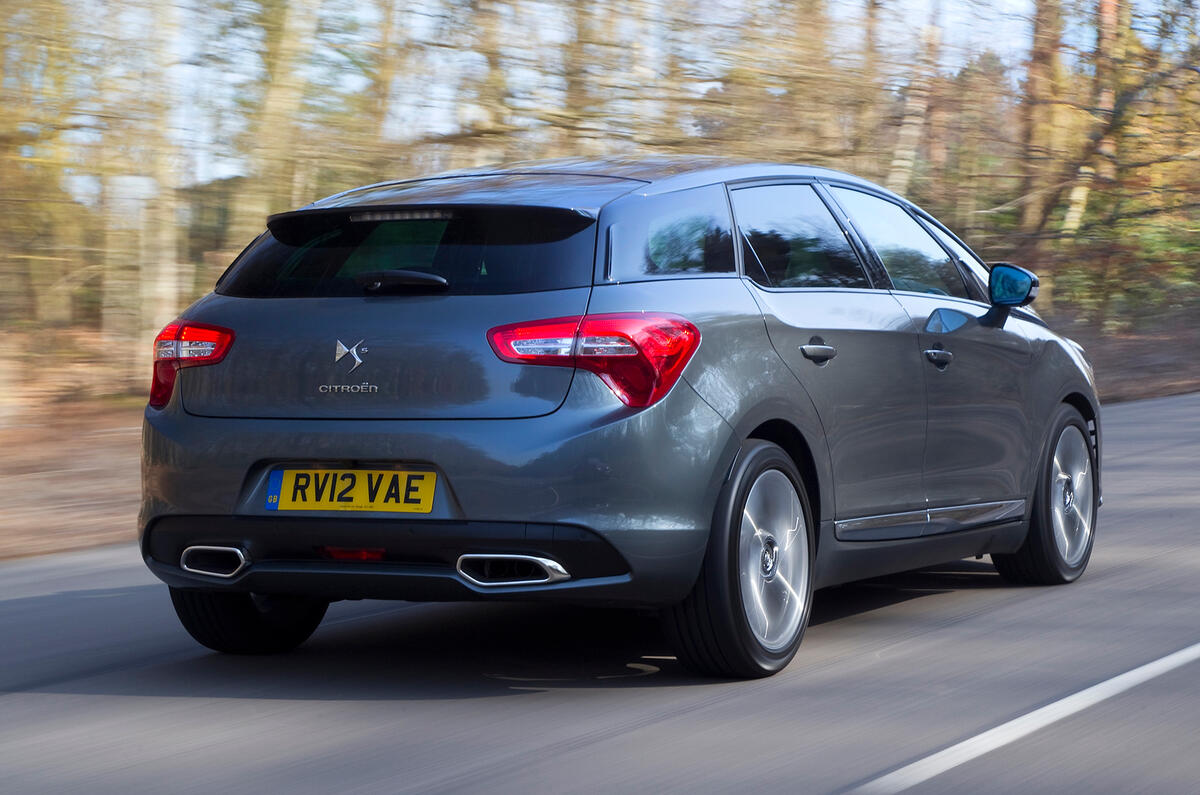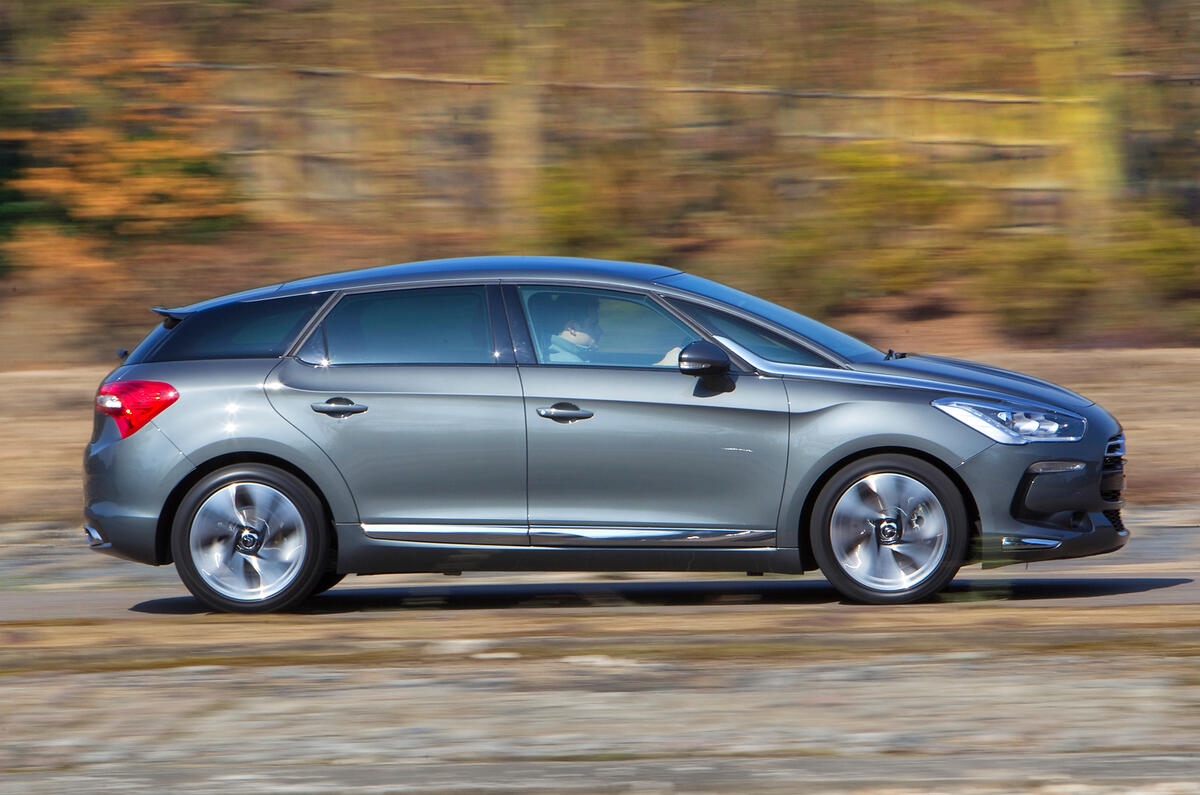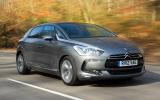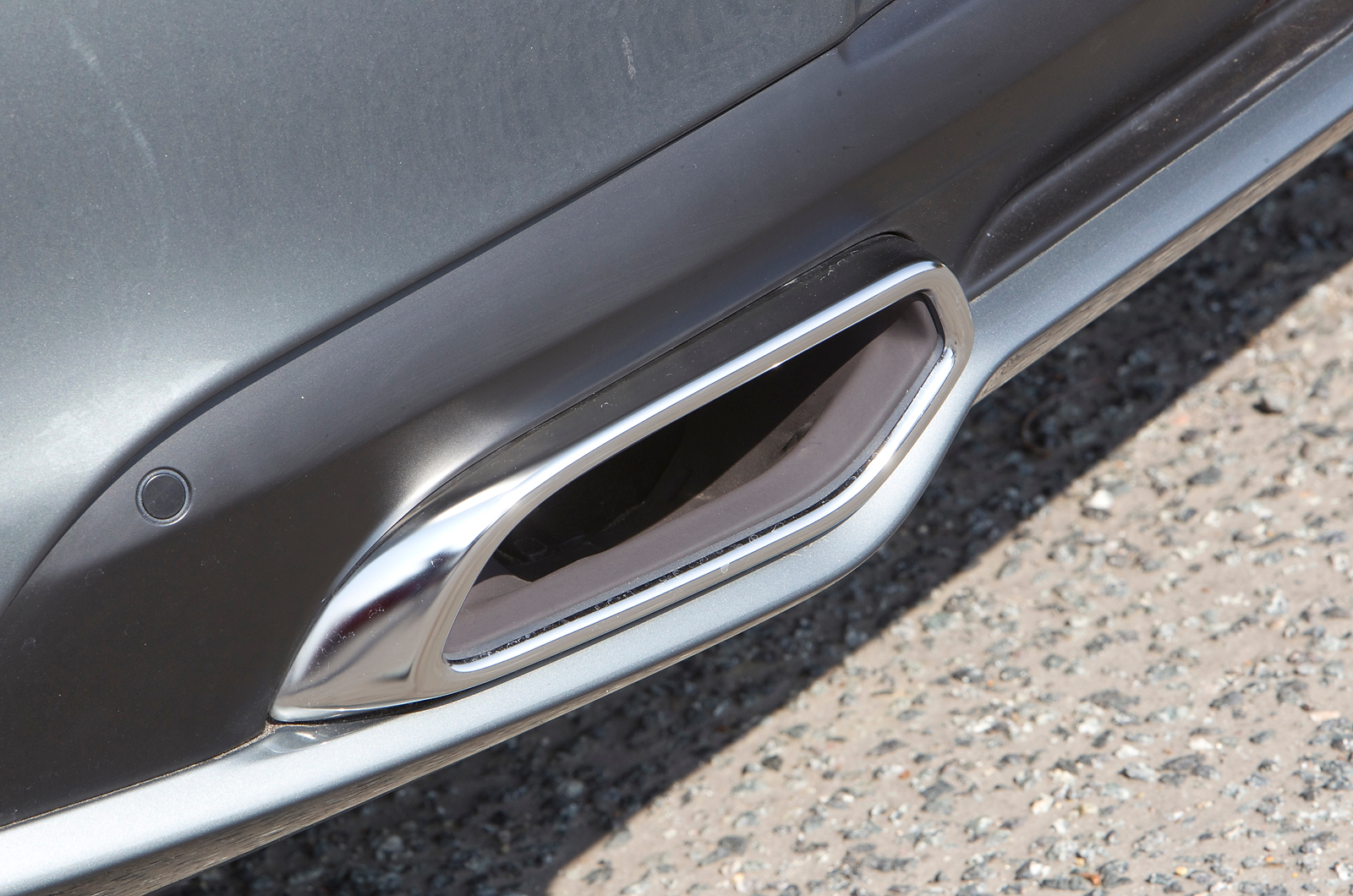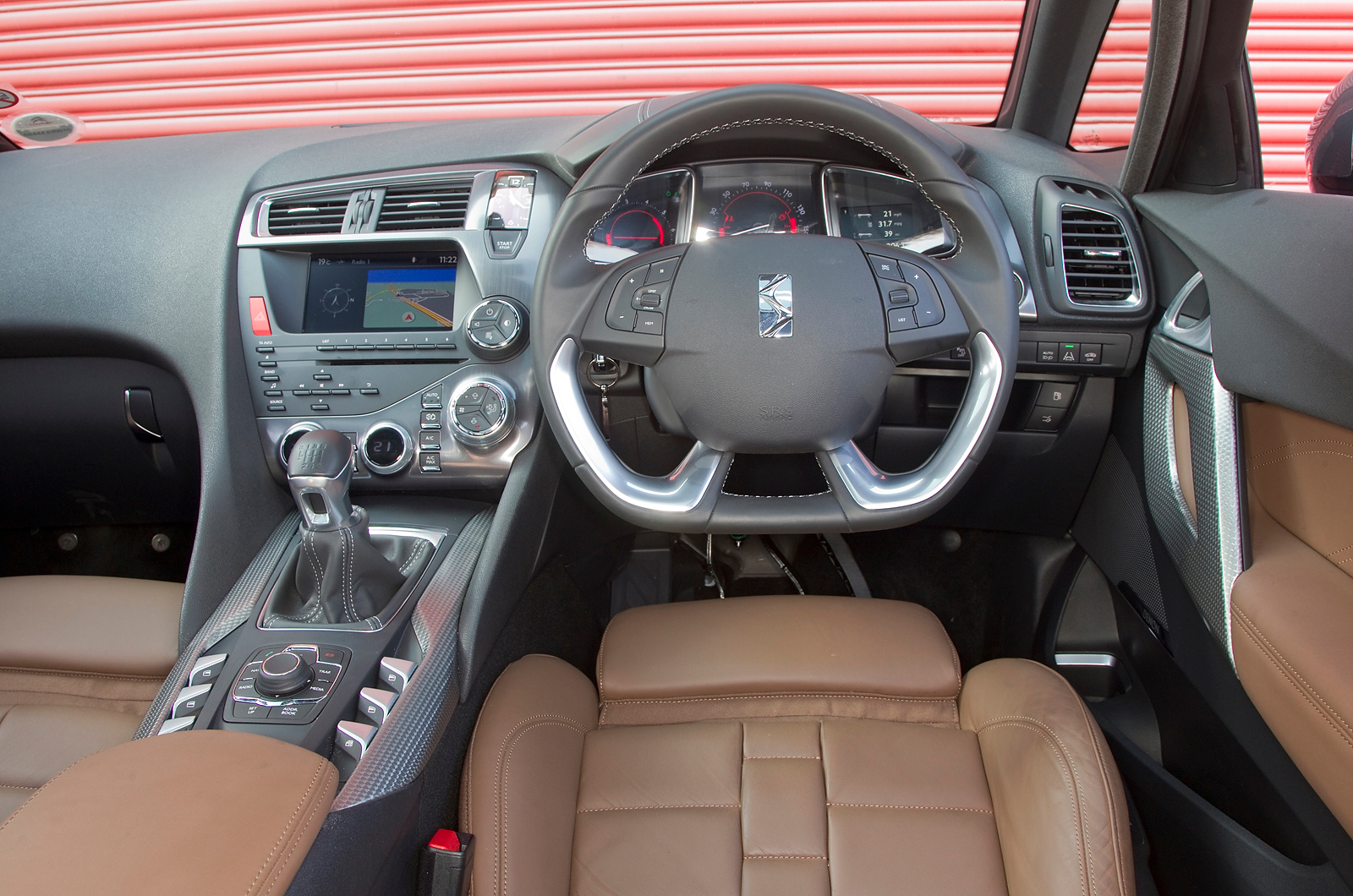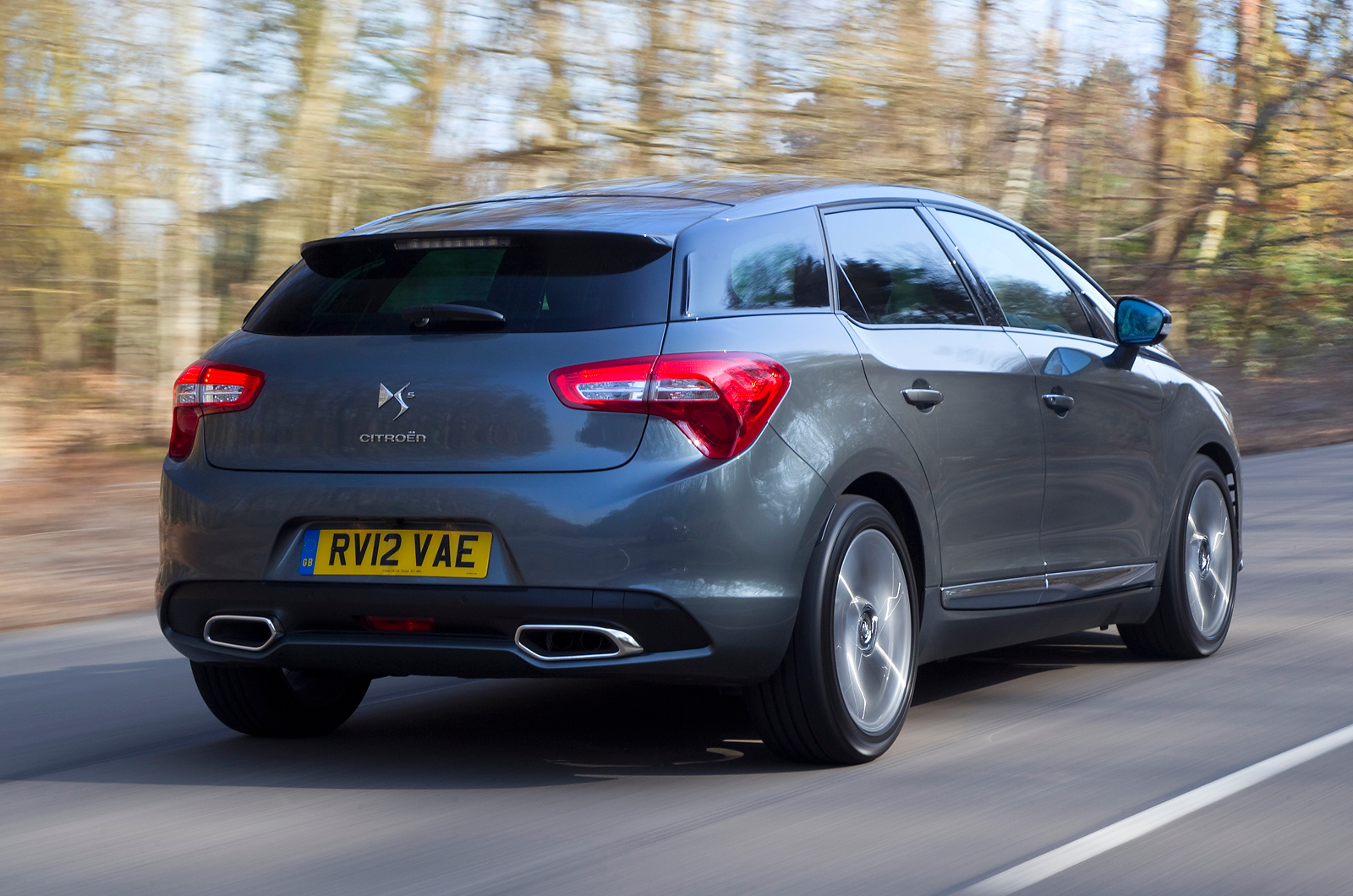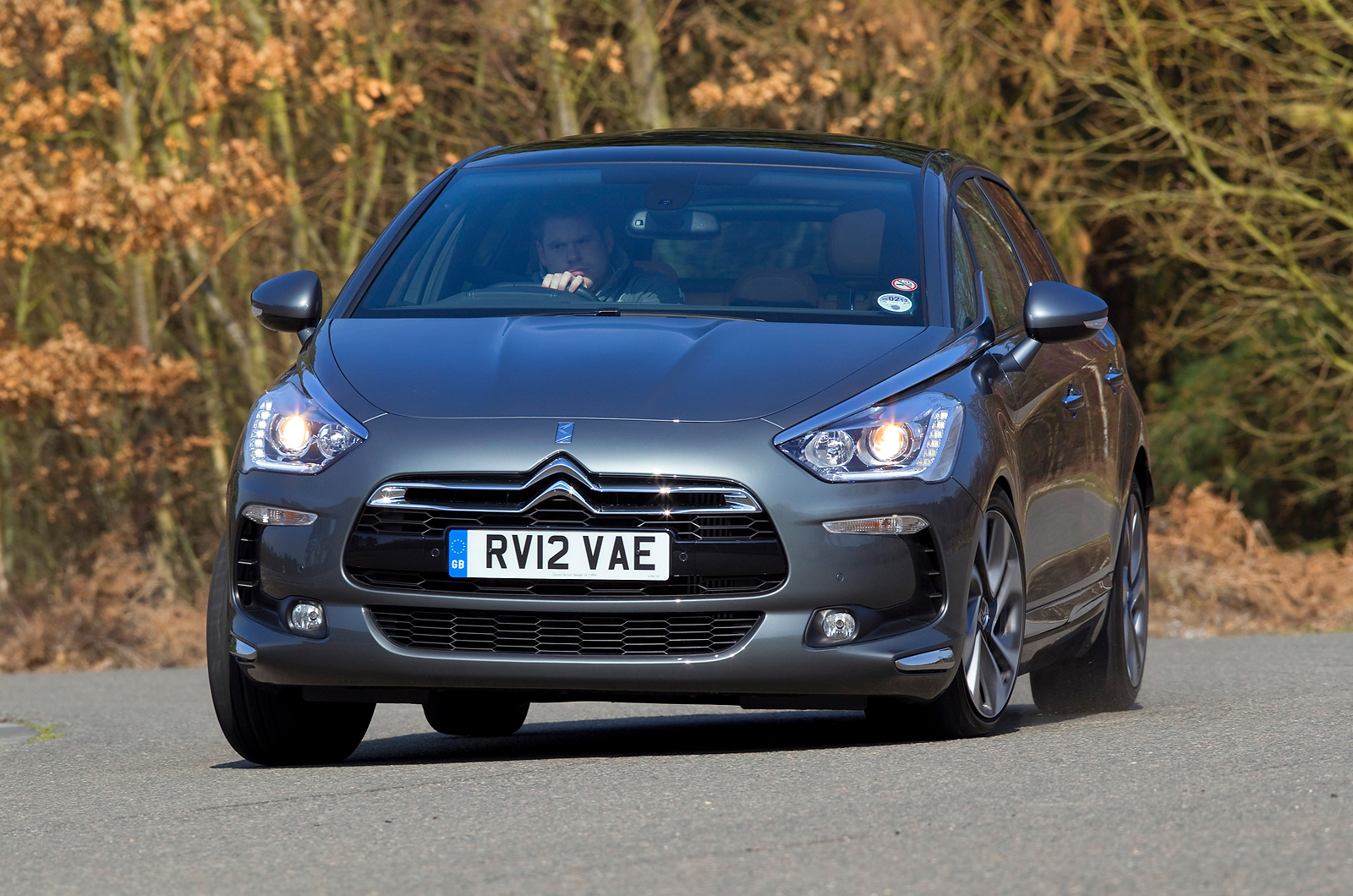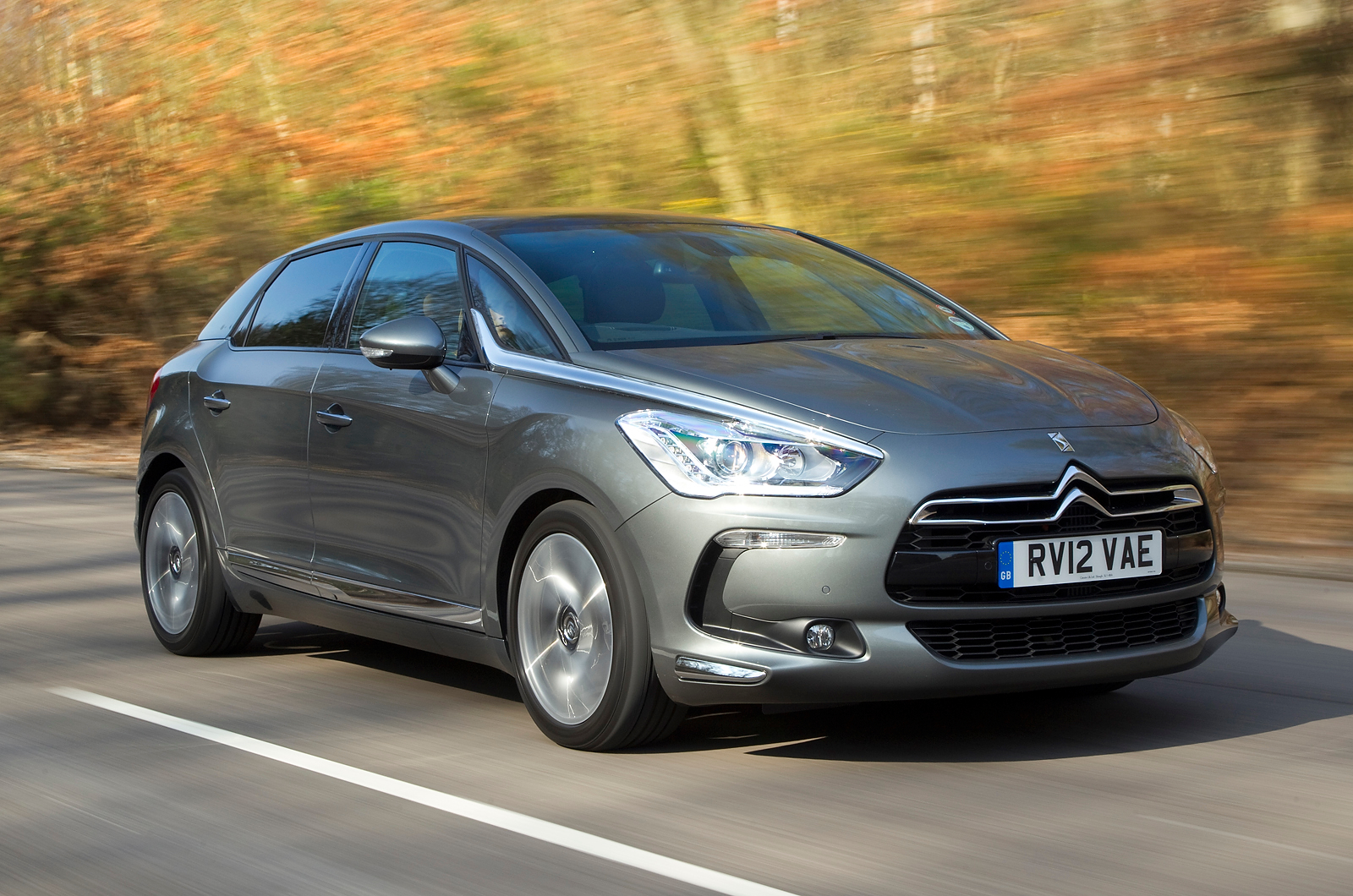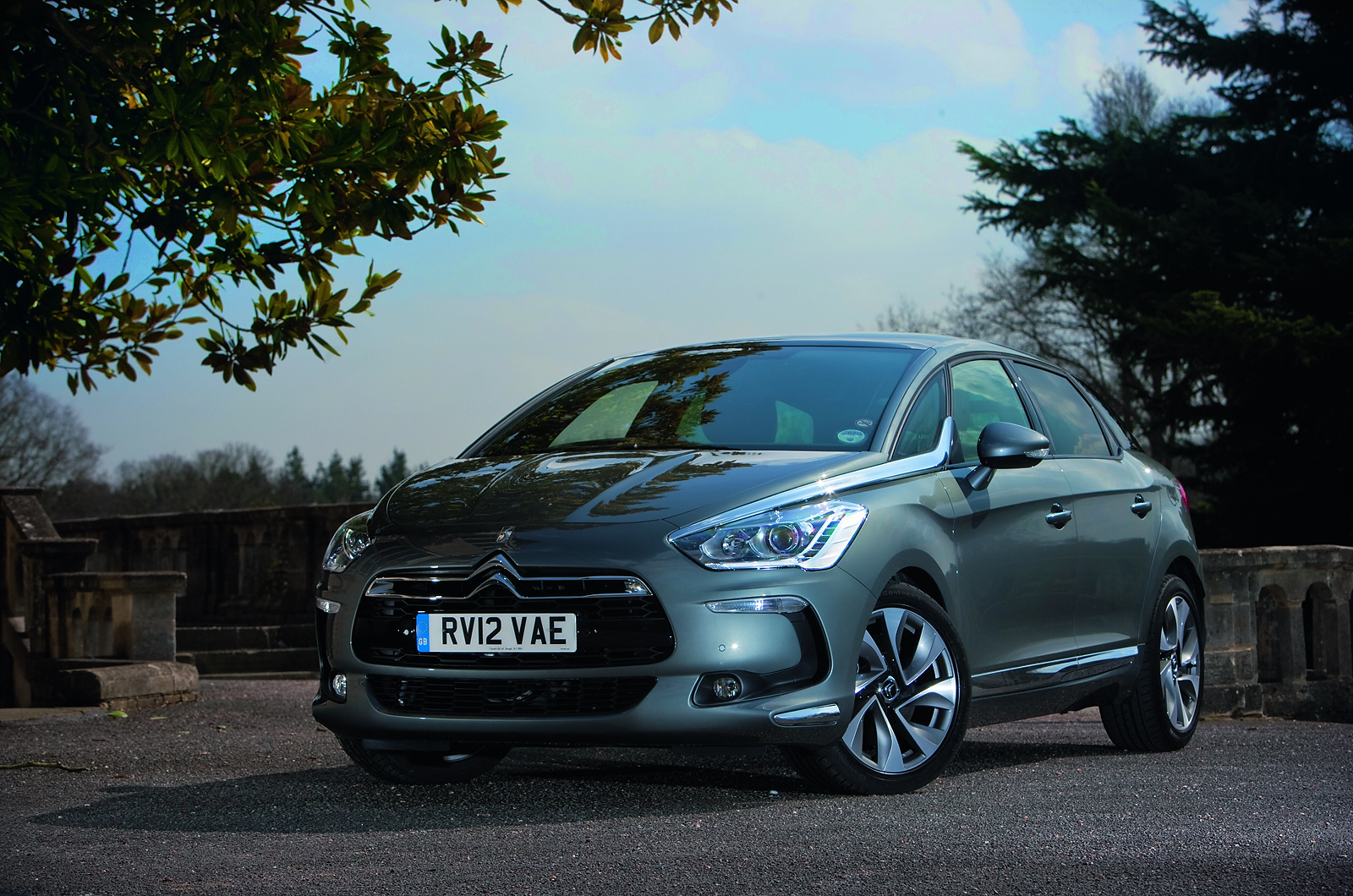Taking inspiration from the massive success of France’s luxury brands, Citroën created the DS brand in 2009 to “express French style and luxury with beautiful details and exceptional quality".
The brand was intended to be more upmarket than mass-market, if not a direct competitor to Mercedes and BMW. The DS 5 tested here completes the initial incarnation of the DS line.
The crossover hatchback is also interesting because, while the link is unacknowledged by Citroën, this may be the closest thing to the original DS that France's famous double-chevron has produced in almost 40 years.
The first modern Citroën DS was, by contrast to that 1955 technological and stylistic trailblazer, more of an urban fashion hatchback than an expression of French luxury. Nevertheless, the Mini-like DS 3 quickly became a success following its launch in 2010, becoming Citroën UK’s best-selling model in the process. Next along was the slightly underwhelming DS 4 crossover, which then led to the more rugged DS 4 Crossback.
The dramatically styled DS 5 is an intriguing mix of high-roofed hatchback, coupé and sports estate, the result of the mounting pressure on the traditional D-segment family saloon in Europe.
It’s still an important sector, but selling cars in it is not as simple now as it once was. Roll back the clock a decade or so and if you wanted a full-size car of moderate price, there was little alternative.


